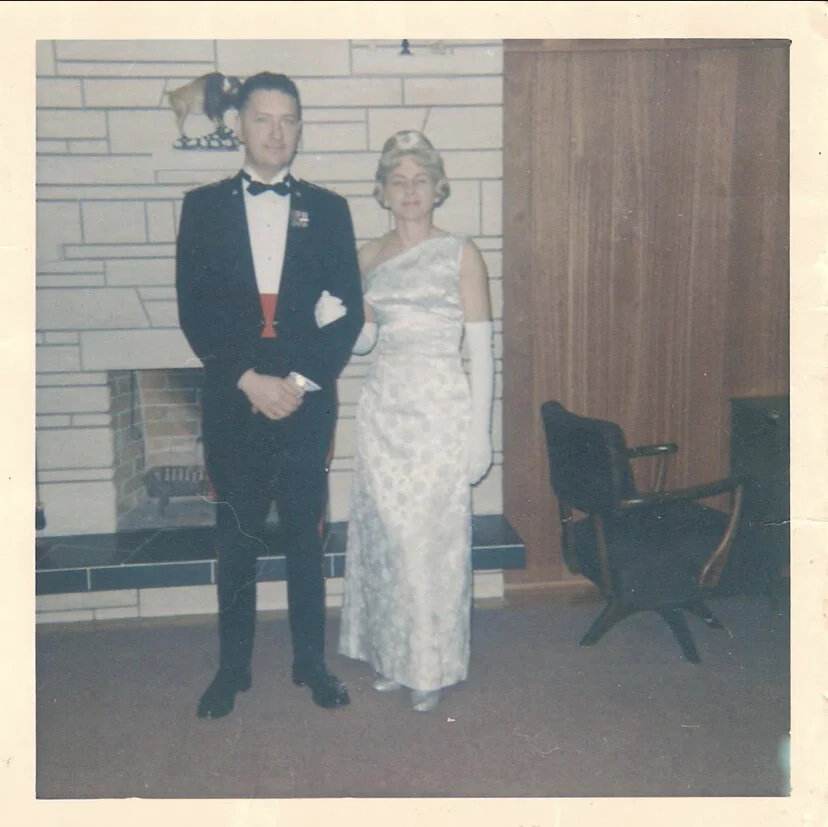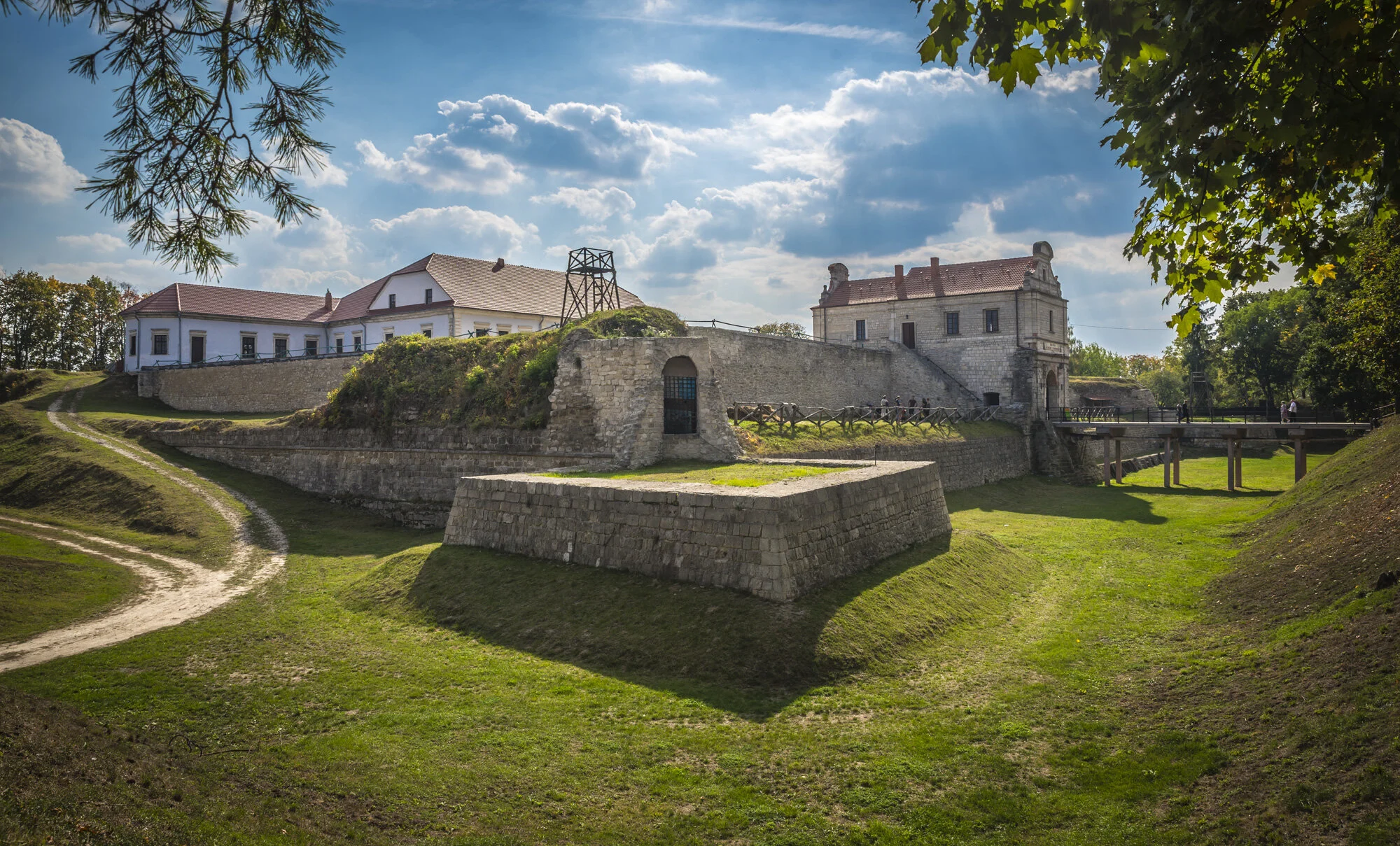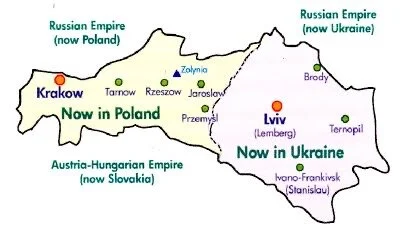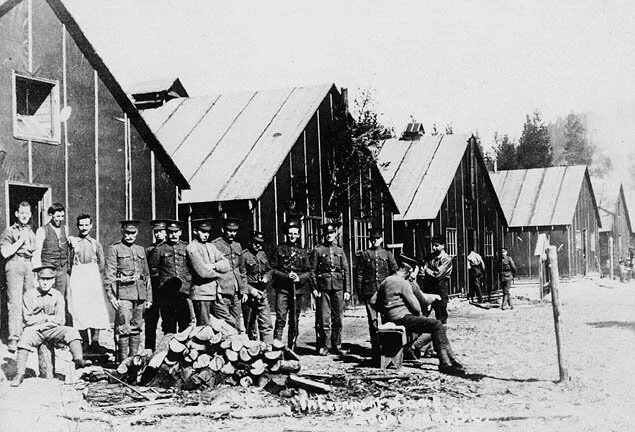Genealogy: A Dark Mystery
Kay Dixon told everyone “the whole family is Irish”
When pushed, she would admit that actually, her family was originally from Austria. But neither of these things were true.
Kay, born Karoylka Lewchuk was a Ukrainian.
Kay Dixon, 1941
This seemingly inconsequential fact about her somehow fit my perspective of Kay Dixon, a 1950s housewife from a war-time marriage who was also a closet smoker, an avid artist, and general mystery to me 21 years since her passing in 1998. A keeper of ordinary secrets.
My Papa, Tom Dixon, was also not especially supportive of Kay’s background, disgruntled by anything but English being spoken in the house. Dad’s family dinners were noticeably lacking in homemade perogies or paska, and the only indication of Kay’s fluency in another language being conversations with visiting family no one could understand.
With the passing of her husband in 1995, Kay was more open about her Ukrainian heritage. Our family was from a small village in Ternopil Province. An area that was passed between Poland, Austria, Austria-Hungary, USSR and finally to be established as Ukraine. It’s important to remember while Ukraine is its own Country now, it has spent much more time being an ethnic region of people that is divided up and dished out to hungry neighbours.
Zbarazh Castle one of Ternopil’s 34 castles (almost as many castles as conquerors)
During one of these upheavals, either before or after my great grandparents immigrated to Canada in 1914, a great uncle was murdered for being an academic, a professor at an unknown university. If after, he may have been killed during the Ukrainian War of Independence, however like many violent conflicts, the paperwork is sorely lacking.
Frustrated at my lack of progress on this unknown uncle, I thought to turn my eyes to the Lewchuk’s immigration to Canada instead. On my Irish side, I’d found documents of my great grandfather’s immigration to Canada and his war record for WWI. So there should be lots of information about a family of five Ukranian’s coming to Canada in the Spring of 1914 with the war hot on its heels in the summer, right?
Wrong.
Instead, I found a dark story of Canada’s treatment of Ukrainian immigrants fleeing Europe with the promise of free land and a fresh start.
Petawawa Internment Camp
I’d stumbled upon the reason my nana was bullied for her accent by nuns of all people, and maybe why she had hidden her heritage.
Canada’s Internment of Ukrainians from 1914-1920
Between the years my family immigrated to Canada, and when my Nana was born in 1920, Canada decided to take a “hard stance” on the huddled masses and, counter to the United Kingdom’s recommendation, as Austro-Hungarians were seen as friendly. Canada interned 4,000 Ukrainians and labelled 80,000 more as “Enemy Aliens” and had to check in with the police.
Galacia, where the Lewchuks were from (see Ternopil far right)
The interned Ukrainians were primarily from Germany, Western Ukraine (specifically Galacia and Bukovyna) and the Ottoman Empire. It’s also important to note that these people were not only recent immigrants but also Canadian-born and naturalized United Kingdom citizens. Like the later internment of Japanese-Canadians, people had their wealth and property confiscated and rarely returned after 1920 when all internment camps were closed (note: this was two years after WWI had ended)
The Internment Camps had a range of quality, with Vernon, BCs camp originally built to hold 80 people ended up holding 500 Ukranians and other “enemy alien” Eastern Europeans. It should be noted that Vernon, along with Crystal Lake, Qc. were known for having children interred.
Internment Camp No.2
How did this happen? How did we not know?
First off, it’s important to understand during this time Ukrainians and some other Eastern Europeans were not seen as “white”. They were seen as dirty, indecent, peasant “animals” and were subjected to racism from white society. This dehumanization also contributed to the guards’ cruelty.
When the internment camps were eventually closed, the Canadian government destroyed all documentation on who was interned and who was labelled an “enemy alien”. Any people who died in the camps (it is known 107 died of illness/other cause, 6 died while trying to escape and an unknown amount passed from suicide) were buried in unmarked graves. Ukrainians and other Eastern Europeans went on to anglicize their names and some 10,000 Canadian-Ukrainians fought in WWII.
Despite the information about this internment being available in the Canadian archives, this remains a somewhat dirty open secret of Canada. There are few personal accounts of internment as the shame and fear of being found out by neighbours and friends have kept people silent.
The lasting prejudice towards Ukrainians and other Eastern Europeans remains in a lesser form today. However my dad remembers Polish and Ukrainians often being the butt of the joke, re-enforcing the ideology of these people as stupid, dirty animals.
So, after all these years of knowing my Nana as a keeper of ordinary secrets, I realized maybe they weren’t so ordinary after all. While we’ll never know if her family was considered an Enemy Alien and had to check in with the police as pseudo parolees, with the Lewchuk’s 1914 immigration, and their Western Ukrainian origin, it seems very likely that if her family was not, they knew someone who was.
There are no mentions of this history in our family. But at least we know why she chose to hide this from her family for so long.
Stay Curious Niche Friends,
Jude






